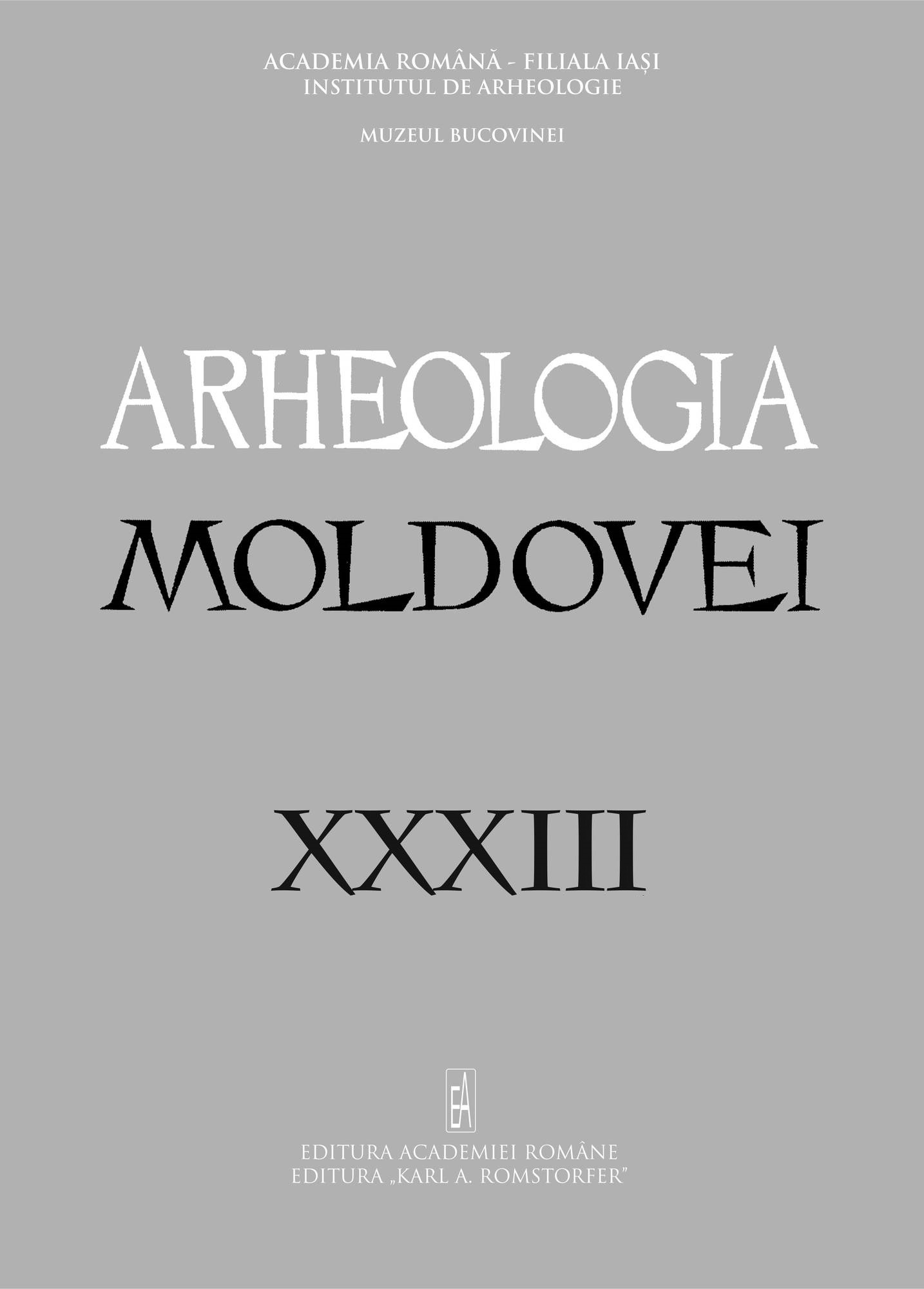VASE DE STICLĂ ROMANE ŞI ROMANO-BIZANTINE DESCOPERITE ÎN NORDUL DOBROGEI
Roman and Roman-Byzantine Glassware uncovered in Northen Dobruja
Author(s): Sever Petru Boţan, Dorel Paraschiv, George NuţuSubject(s): History, Archaeology, Cultural history, Economic history, Ancient World
Published by: Editura Academiei Române
Keywords: roman; roman-byzantine; glass vessels; northen Dobroudja
Summary/Abstract: Being extremely fragile, glass vessels represent quite rare finds in the archaeological sites of the Roman and Roman-Byzantine periods. However, many artifacts of this type entered the collection of ICEM Tulcea over the years. Almost all of those vessels, whose context of discovery is known, come from cemeteries of Northern Dobrogea (Tulcea County) – Argamum, Beroe, Enisala, Niculiţel, Noviodunum, Poşta or Troesmis, being a part of grave inventories. In the present study we aim to present all the glassware of the above-mentioned collection. Although more than half of the vessels are already published, we found it necessary to resume the discussion on sites of discovery, due to the scarcity of information in that respect. The pieces are extremely varied from the typological point of view; prevailing in number are, as expected, the unguentaria. Among those, there are numerous unguentaria of the candlestick-type, with short conical bodies, high cylindrical necks and the rim turned outwards (5 ex.). Also worth mentioning are the large bell-shaped unguentaria (2 ex.), very well represented in Dobroudja, or the conical unguentaria with the body separated from the neck by a slight constriction. For the Late Roman period, very common are the fusiform unguentaria and the flasks decorated with indents. The glass unguentarium with a high tubular foot, coming from Argamum (Jurilovca, Tulcea County), is a very interesting and rare piece. In regard to table ware, that category is well represented by cups, beakers, bottles, and even a trulla, used for libations during religious ceremonies. Notable is a beaker from Noviodunum (Isaccea-jud. Tulcea), No. 17, decorated on the outside with a honeycomb pattern. Most of our vessels show good analogies with the vitreous material found in the Balkan-Danubian area, a fact that indicates a relative uniformity in the distribution of such pieces, but also a possible local production. Although many glass vessels have been already published in various archaeological reports, we found it necessary to resume the discussion in a broader perspective.
Journal: Arheologia Moldovei
- Issue Year: 33/2010
- Issue No: 1
- Page Range: 217-242
- Page Count: 26
- Language: English, Romanian

